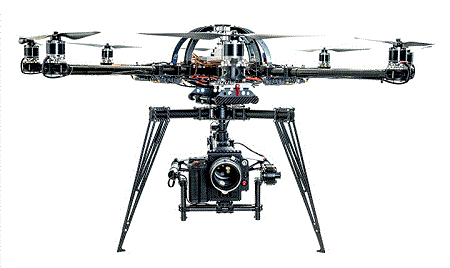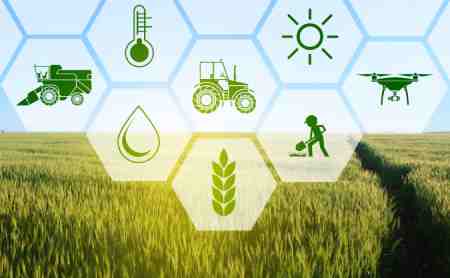Global investment in agrifoodtech has continued its downward trend from the early 2020s peak, with AgFunder reporting that funding for the first half of 2025 totaled around $5.1 billion.
This represents a steep 37 percent decline from the $8.1 billion recorded in the same period of 2024, and marks the lowest mid-year funding level since 2015.
The contraction highlights broader investor caution as capital increasingly flows toward faster-return sectors like artificial intelligence and deep tech. Yet, industry observers emphasize that this slowdown reflects a transition to more disciplined and quality-focused funding strategies rather than a collapse of confidence in the sector.
Breaking down the categories, midstream technologies—such as cold storage, logistics, and food processing infrastructure—accounted for the largest share of investments. A single cold-storage venture raising over $600 million was one of the standout deals of the period. By contrast, areas like agricultural biotechnology and farm robotics saw sharp declines, reflecting a broader reluctance to commit capital to early-stage, high-risk innovations.
Although the overall number of deals fell, the dominance of larger rounds signals a shift toward fewer but higher-value investments. Investors appear more willing to back mature, revenue-generating companies rather than speculative startups. This rebalancing suggests that the market is recalibrating rather than contracting outright.
The broader context provided by AgFunder’s Global AgrifoodTech Annual Report reinforces this perspective. Global agrifoodtech investment in 2024 totaled around $16 billion, only a slight four percent dip from the previous year. While H1 2025 data shows sharper decline, the overall trend suggests that the sector may be nearing a bottom.
Within this landscape, developing markets—particularly India—are emerging as growth engines. AgFunder’s regional analysis highlighted a 63 percent funding surge in agrifoodtech across developing economies in 2024. Much of this growth was driven by large strategic investments and the rise of digital agriculture services, underscoring how markets outside North America and Europe are taking center stage.
Several themes stand out from the report. Midstream infrastructure has become a clear investor priority, addressing systemic bottlenecks in cold chains and logistics. Venture capitalists are showing greater selectivity, backing later-stage companies with validated models. While early-stage startups continue to attract attention, they are drawing significantly less capital than before. And despite the current contraction, global figures indicate a stabilization phase rather than decline.
Taken together, the data signals that agrifoodtech is entering a new phase defined by realism and impact orientation. The days of unchecked expansion appear to be over, replaced by a more disciplined environment where companies must demonstrate tangible outcomes. Far from fading, the sector is evolving into a more resilient and focused market, one that may well benefit from stronger foundations in the long run.






